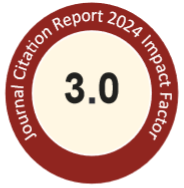Abstract
The objectives of this study were to determine the content of ethyl carbamate (EC) in commercial vinegar and non-alcoholic fermented foods and beverages which retailed in domestic markets. Non-alcoholic beverages were extracted with methylene chloride using solid phase extraction, then concentrated. Other fermented foods were first pre-extracted with acetone, and then treated with petroleum ether and solid phase extraction. The content of EC in the extracts of the samples was detected by a capillary gas chromatography with a flame ionization detector (GC-FID). The recovery of EC in the non-alcoholic beverages spiked with 40 ppb of EC was 24.5%, however, the recovery ranged from 85.0 to 96.7% when spiked with 67 to 533 ppb of EC. The recovery of EC in other fermented foods was 86.7% when spiked with 40 ppb of EC. The content of EC was higher than 100 ppb in some samples of rice vinegar and blended vinegar. Most of non-alcoholic beverages do not contain EC, except two fermented milk products of which the EC were higher than 10 ppb. In other fermented foods, the highest EC content was observed in sufu (mean 82.8 ppb), whereas the contents of EC in miso and inyu were 15.9 and 19.1 ppb, respectively.
Recommended Citation
Wang, S.H.W. and Yen, G.-C.
(1998)
"Determination of ethyl carbamate in non-alcoholic fermented foods marketed in Taiwan,"
Journal of Food and Drug Analysis: Vol. 6
:
Iss.
2
, Article 2.
Available at: https://doi.org/10.38212/2224-6614.2905

